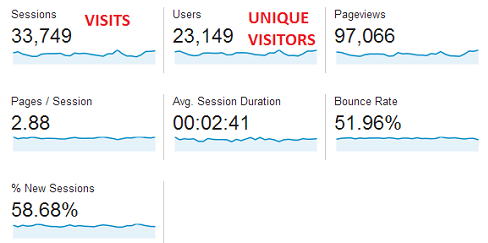

A list of potentially sensitive professional and personal information that could be inferred about an individual knowing only his mobility trace was published recently by the Electronic Frontier Foundation 20. Individual mobility traces T have been used in the past for research purposes 4, 5, 6, 7, 8, 9, 10, 11, 12, 13, 14, 15, 16, 17, 18 and to provide personalized services to users 19.

Mobility data contains the approximate whereabouts of individuals and can be used to reconstruct individuals' movements across space and time. Mobility data is among the most sensitive data currently being collected.
Modern information technologies such as the Internet and mobile phones, however, magnify the uniqueness of individuals, further enhancing the traditional challenges to privacy. in which Samuel Warren and Louis Brandeis argued that privacy law must evolve in response to technological changes 3.

This resulted in one of the first publications advocating privacy in the U.S. In the late 19th century, de-facto privacy was similarly threatened by photographs and yellow journalism. In 1086, William I of England commissioned the creation of the Doomsday book, a written record of major property holdings in England containing individual information collected for tax and draft purposes 2. For centuries, information technologies have challenged these informal protection mechanisms. For instance, tracking individuals' movements has been historically difficult, making them de-facto private. Despite its importance, privacy has mainly relied on informal protection mechanisms. Derived from the Latin Privatus, meaning “withdraw from public life,” the notion of privacy has been foundational to the development of our diverse societies, forming the basis for individuals' rights such as free speech and religious freedom 1.


 0 kommentar(er)
0 kommentar(er)
